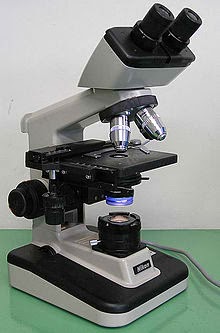Inflammation of the pericardium,
pericarditis, often results in a decrease in the amount of serous fluid. This
causes the pericardial layers to bind and stick to each other, forming painful
adhesions thet interfere with heart movements.
Smoking inhibits ciliary activity
and ultimately destroys the cila. Without these cilia, coughing is the only
means of preventing mucus from accumulating in the lungs. Smokers with the
respiratory congestion should avoid medications that inhibit cough reflex.
Since many potentially harmful
substances can cross through the placenta barrier into the fetal blood, the
pregnant woman should be very much aware of what she is taking into her body.
Substances that may cause life-threatening birth defects (and even fetal death)
include alcohol, nicotine, and many types of drugs (anticoagulants,
antihypertensives, sedatives and some antibiotics). Maternal infections,
particularly German measles (rubelle), may also cause severe fetal damage.
Termination of a pregnancy by loss of a fetus during the first 20 weeks of
pregnancy is called abortion.
Abnormal separation of chromosomes
during meiosis can lead to congenital defects of thos system. For example,
males who have an extra female sex chromosomes have the normal male accessory
structures, but ther testes atrophy, causing them to be sterile. Other
abnormalities occur when a child has only one sex chromosome. An XO female
appears normal but lacks ovaries; YO males die during development. Other much
less serious conditions affect males primarily; these include phimosis, which
essentially is narrowing of the foreskin of the penis and misplaced urethral
openings.
During an extremely prolonged or
difficult stage 2, a condition called dystocia may occur. In dystocia, oxygen
delivery to the infant is inadequate, leading to fetal brain damage ( resulting
in cerebral palsy or epilepsy) and decreased viability of the infant. To
prevent this outcomes, a cesarean section, also called C-section may be
performed. A C-section is delivery of the infant through surgical incision made
through abdominal and uterine walls.
Source: Essentials of Human Anatomy & Physiology Eight Edition


























